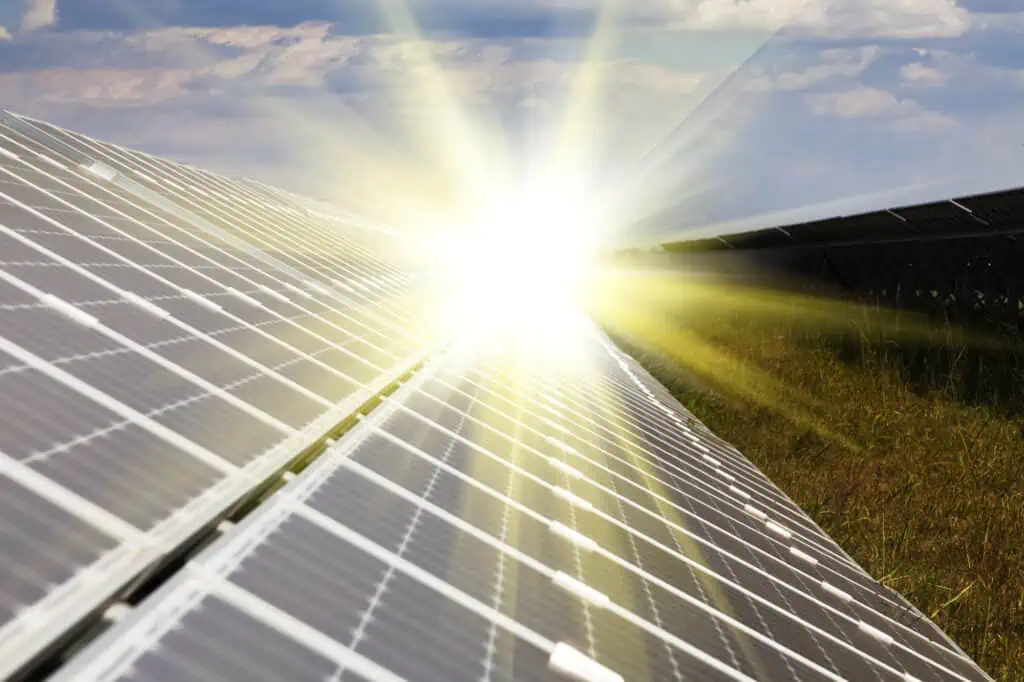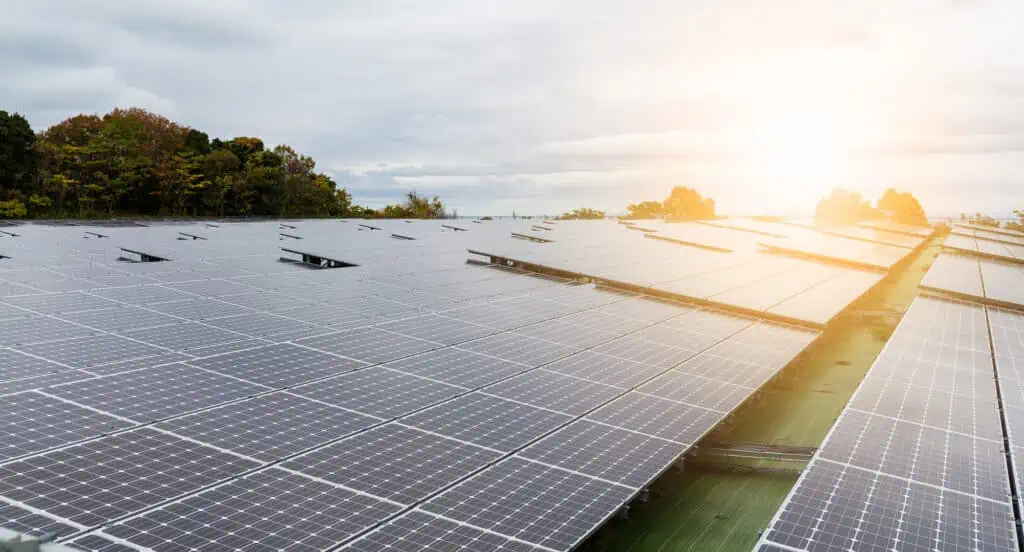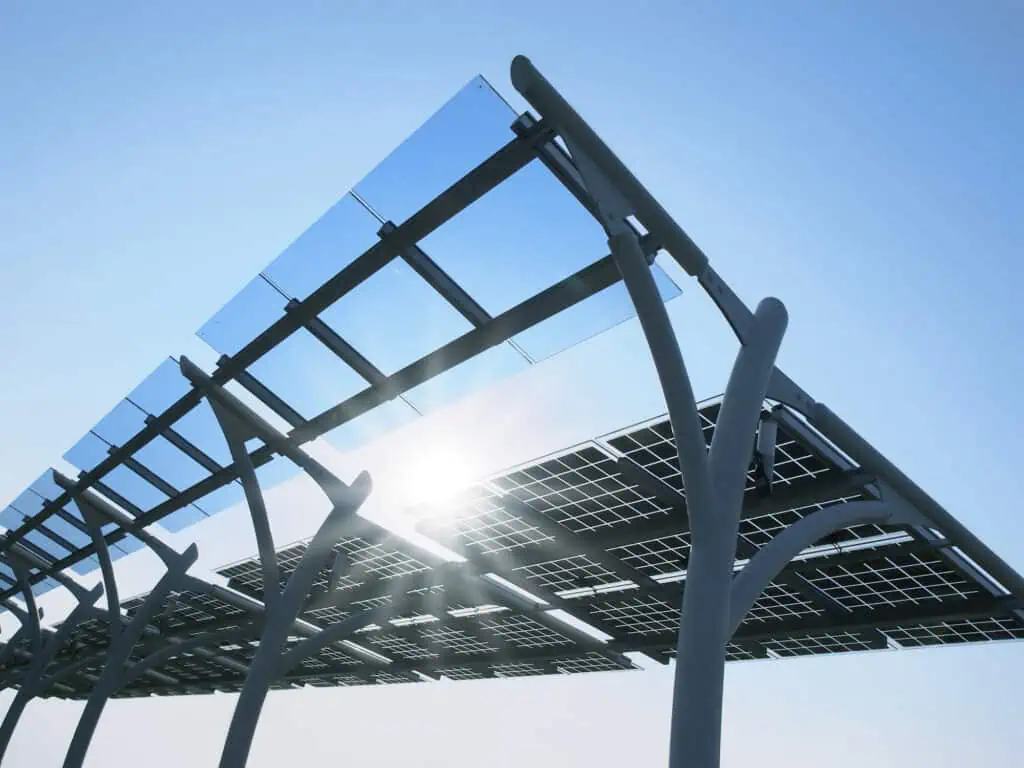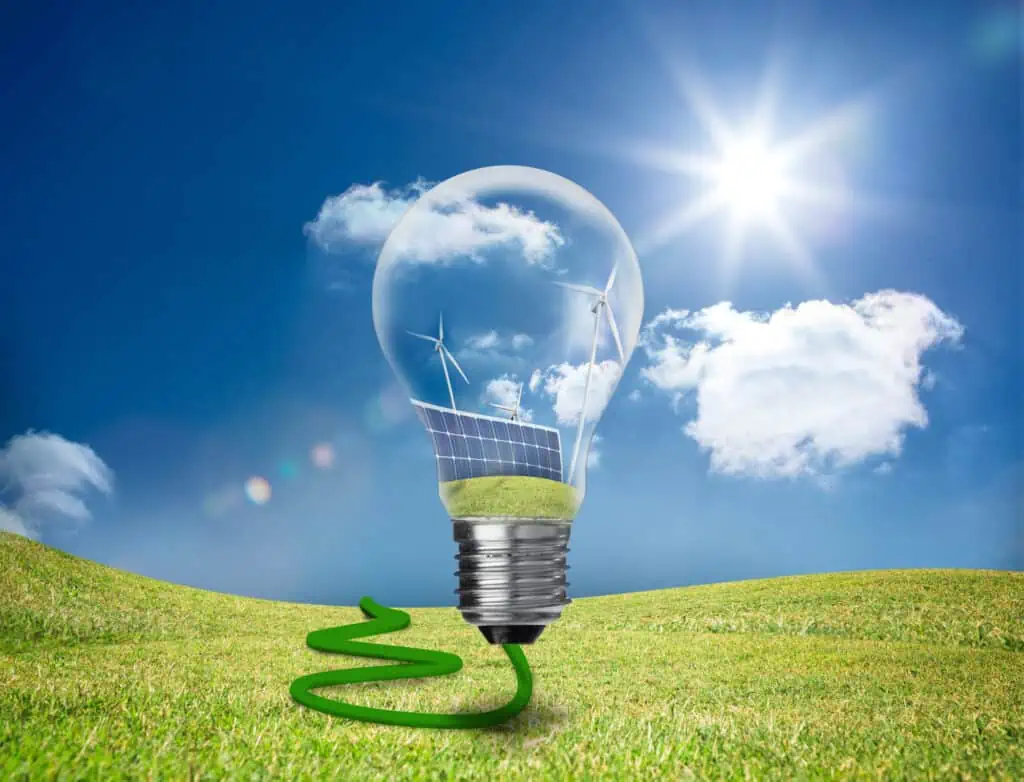Throughout history, we’ve been using the power of the sun.
In recent decades, we’ve taken this a step further. We’ve developed the technology to convert the sun’s energy into a form that powers our modern world—electricity.
At the heart of this revolution are devices known as solar panels.
Solar panels are not magic, but they might seem that way. They soak up the sun’s rays and convert them into electricity.
But have you ever wondered how this process works? Or what type of sunlight they use to produce this electricity?
The sun emits a spectrum of light, much of it visible to the human eye. This is the light we see illuminating our world during the day.
However, there are components of sunlight that we can’t see, such as ultraviolet light (often called UV) and infrared light.
So, a question arises: Do solar panels only use the light we can see, or can they also use UV light, and even infrared light, to generate electricity?
This is precisely the journey of exploration we’re about to embark on.
We will dive into the world of solar energy, exploring the unseen and seen parts of sunlight, and uncover how solar panels interact with these to produce electricity.
So, prepare to uncover the secrets of the sun and the incredible technology that allows us to harness its power!
Contents
Solar Energy
Solar energy is an energy source that we see and feel every day. It’s the energy we get from the sun, which reaches us in the form of light and heat.
But this sunlight energy isn’t just the light we see—the visible light. It’s also made up of ultraviolet lights (or UV light) and infrared lights, which we can’t see with our naked eyes.
The Photovoltaic Effect
Solar panels work using something called the photovoltaic effect.
Without going too deep into the science, this is basically a way of converting light into energy, more specifically, electrical energy.
And by light, we’re not just talking about visible light. The energy from ultraviolet light and infrared light can also be used.
The photovoltaic effect is all about turning photons into energy.
When photons hit the solar cells in a solar panel, they can knock loose some electrons. These free electrons are then captured and used to make electricity.
Solar Panel Interaction With UV Light
Every moment of every sunny day, solar panels are on duty, standing by to capture the sunlight that floods our planet.
The moment direct sunlight, which is an amalgamation of visible light, ultraviolet (UV), and infrared energy, makes contact with the solar panels, a fascinating process begins.
Solar panels are active transformers. They convert the light that hits them into something more useful for our everyday lives.
Central to this function are the solar cells housed within the panels. These solar cells are like diligent workers on a production line, each having a specific role to play.
They are specially designed to absorb the incoming energy from the sunlight. It is a process that involves all components of the sun’s light—visible, UV, and infrared.
What’s more, each solar cell in a panel works independently. This means that even if one cell is in the shadow or not functioning, the others can continue to operate and generate electricity.
The Efficiency of Light Conversion: UV vs. Visible Light
However, as with many processes in life, not everything is created equal.
The same holds true for the different components of sunlight in relation to their efficiency in electricity generation.
While all sunlight contains energy, solar cells are most adept at converting energy from visible light into electricity.
Imagine the solar cells as a group of workers, each able to work best with a specific type of raw material. In this case, visible light is the material they can handle most efficiently.
But just because visible light is their favourite, it doesn’t mean they can’t work with other types.
UV and infrared light still contribute to the electricity generation process. This is true even if they are the less visible components of sunlight
Even though their contribution might not be as significant as that of visible light, they still play a part in the overall energy output of a solar panel.
UV Light: Benefits and Challenges for Solar Panels
Potential Energy in UV Light
In every ray of sunlight that streams down to Earth, there’s hidden potential.
Among the components of this sunlight is UV light, a kind of light we cannot see but know has powerful effects.
It might surprise you to know that this UV light, often associated with the need for sunblock and sunglasses, carries potential energy that can be tapped into by solar panels.
The presence of UV light in the spectrum of sunlight energy that reaches us is a fact that solar panels leverage. Though solar cells within these panels operate most efficiently with visible light, they are not exclusive in their operation.
They have the capacity to convert the energy from UV light into electricity. This contributes to the overall energy output of solar panels.
While a small fraction of sunlight comprises ultraviolet (UV) light, it contains high-energy photons that can be harnessed by solar panels for energy generation.
Despite UV light carrying more energy per photon than visible light, its limited presence in the overall sunlight reaching Earth makes it a less efficient choice for solar energy conversion.
The proportion of UV light in sunlight is significantly lower than visible light, with visible light making up ten times more of the total solar radiation reaching Earth.
Although UV light boasts a slightly higher concentration of photons, it is not practical to rely solely on UV light for energy conversion due to the abundance and availability of visible light.
Just like every photon matters when we are harvesting sunlight for energy, every contribution from the different components of sunlight, including UV light, counts.
Therefore, even though it’s not the leading player in the process, UV light carries its weight in the photovoltaic process.
Challenges of UV Light in Solar Energy Production
The role of UV light in solar energy production isn’t a straightforward boon.
Along with its energy potential, UV light brings some challenges.
If you’ve ever experienced a sunburn, you know that the UV light from the sun is powerful, and over time, it can cause damage.
Solar panels experience a similar issue. Continuous exposure to UV light can cause solar panels to degrade over time.
The process of absorbing energy from UV light accelerates the wear and tear on the panels, leading to a gradual reduction in their efficiency.
It’s like a marathon runner who starts off strong but slows down as fatigue sets in.
This degradation not only affects the panels’ efficiency, meaning they convert less light into electricity over time, but it also reduces their lifespan.
This means they might need to be replaced sooner than expected, which can have economic and environmental implications.
Thus, while UV light brings additional energy to the table, it also presents a challenge that manufacturers of solar panels continually strive to mitigate.
The Impact Of Solar Panel Technologies On UV Light Utilization
Different Technologies, Different Interactions
Different solar panel technologies interact with UV light in their unique ways. There are three main types: monocrystalline, polycrystalline, and thin-film.
Monocrystalline and Polycrystalline Panels
Monocrystalline and polycrystalline panels are made of silicon cells. These can absorb a good portion of ultraviolet and convert it into electricity.
These are often considered the more efficient panels as they perform well even in less-than-ideal sunlight conditions.
However, they can be more prone to damage from UV light over time.
Thin-Film Panels
Thin-film panels, on the other hand, are more resistant to UV light degradation.
This is because they use different materials that can withstand UV light better.
However, they’re often less efficient at converting light into electricity than their silicon counterparts.
To Sum It Up
Solar panels are versatile devices that leverage the energy from various components of sunlight, including UV light.
While UV light contributes to energy generation, it also presents challenges that researchers and manufacturers strive to overcome.
By understanding the interactions between solar panels and UV light, we can continue to improve the efficiency, durability, and performance of solar energy systems.
To learn more about solar energy and compare different solar options, explore our website, Solar Comparison.
If you have any questions about solar energy or need further assistance, please don’t hesitate to contact us.
We’re here to help you make informed decisions and embrace the benefits of solar power!




